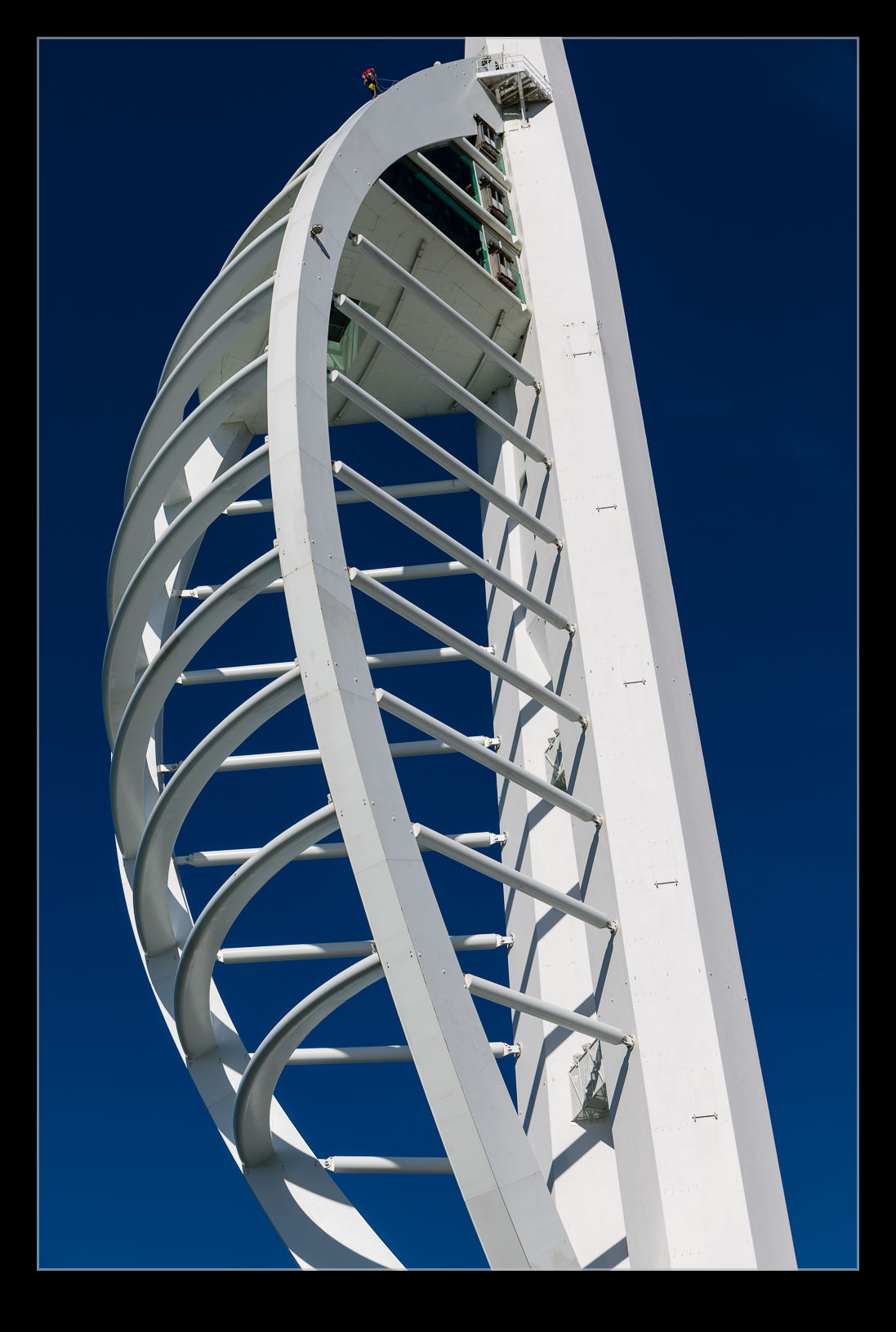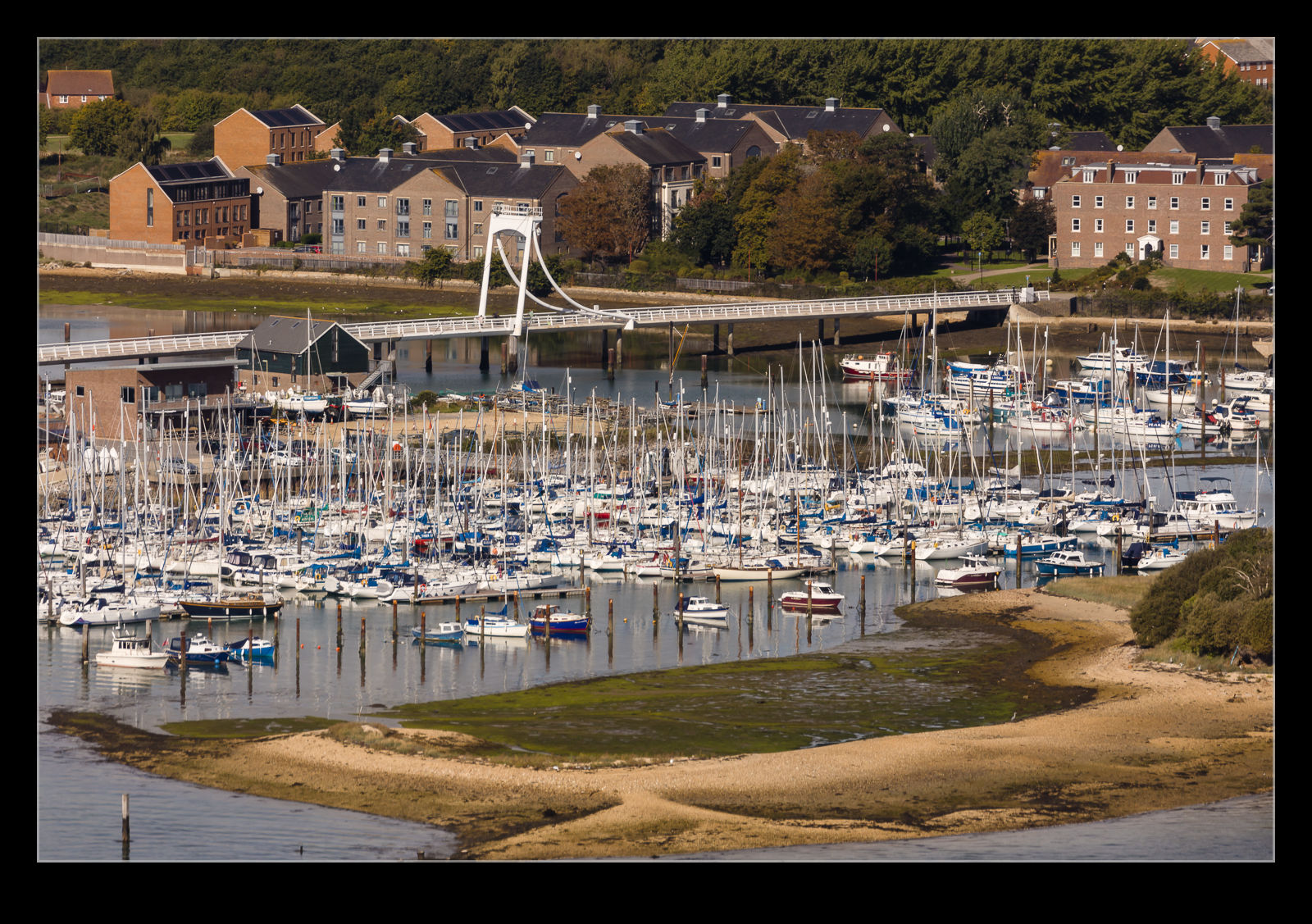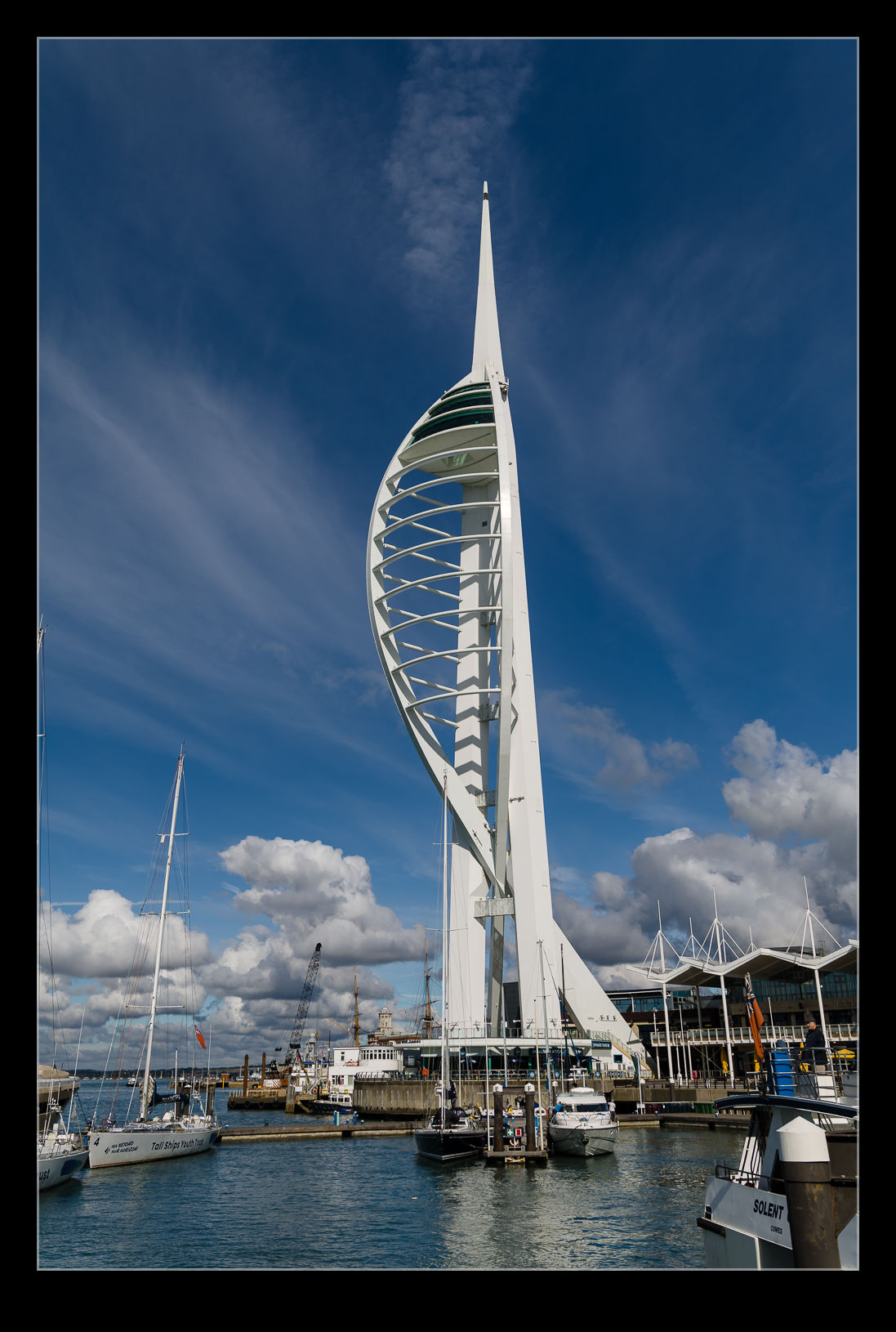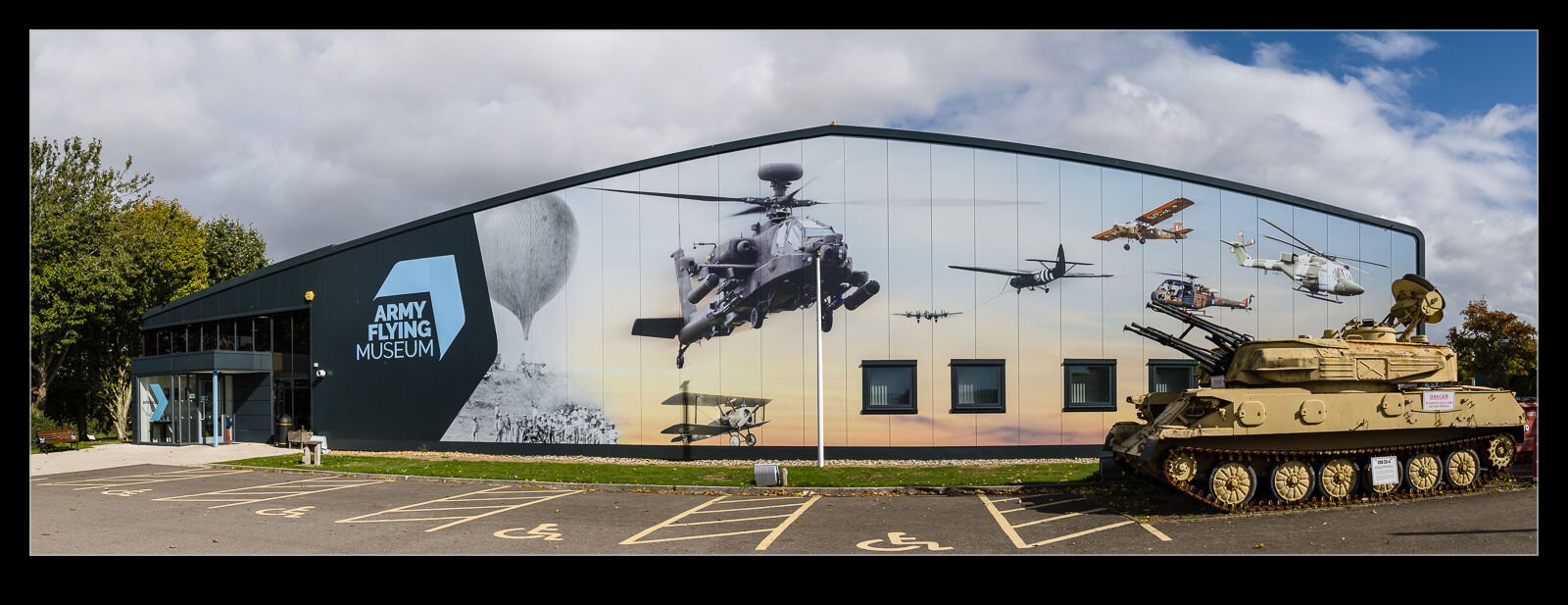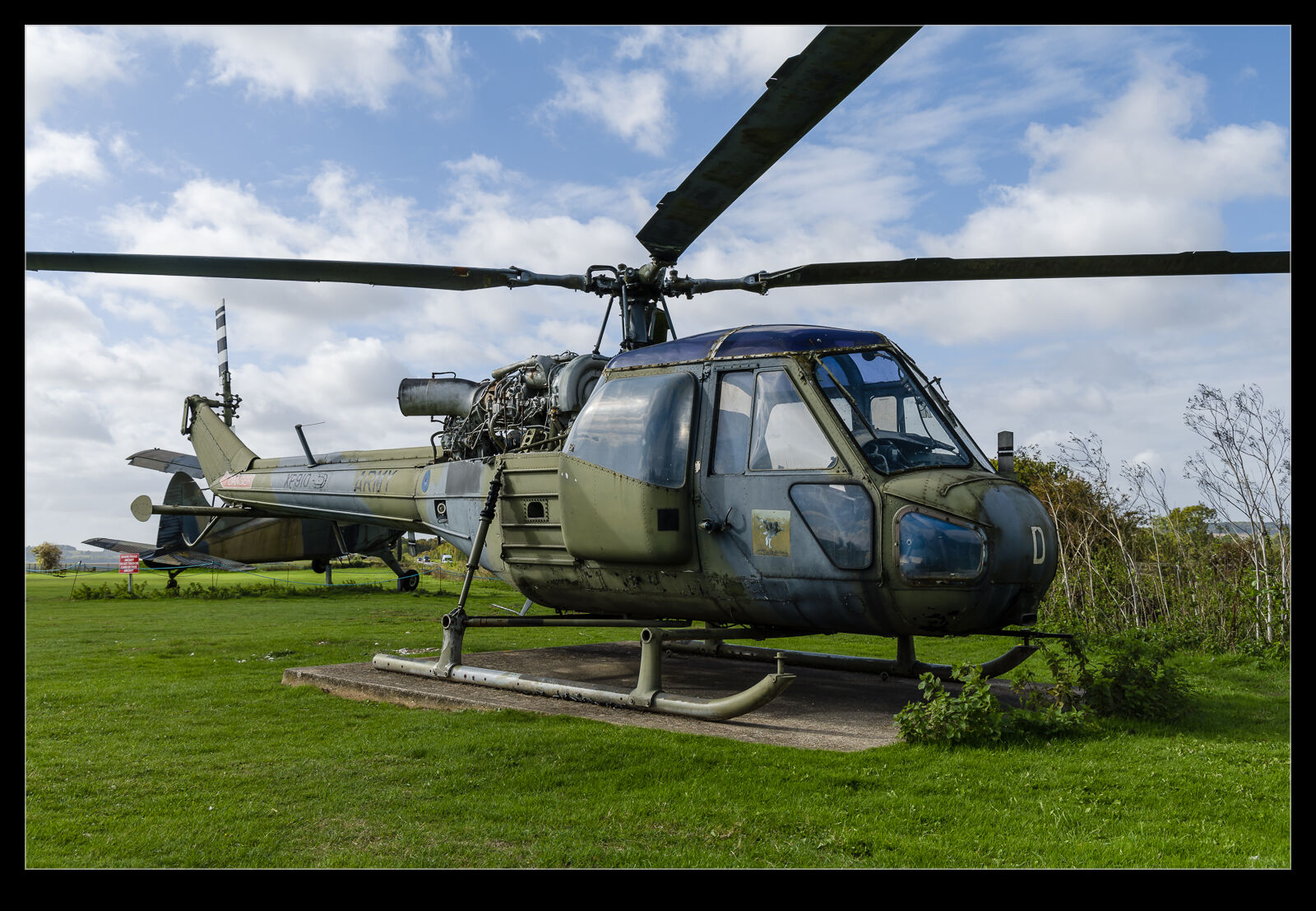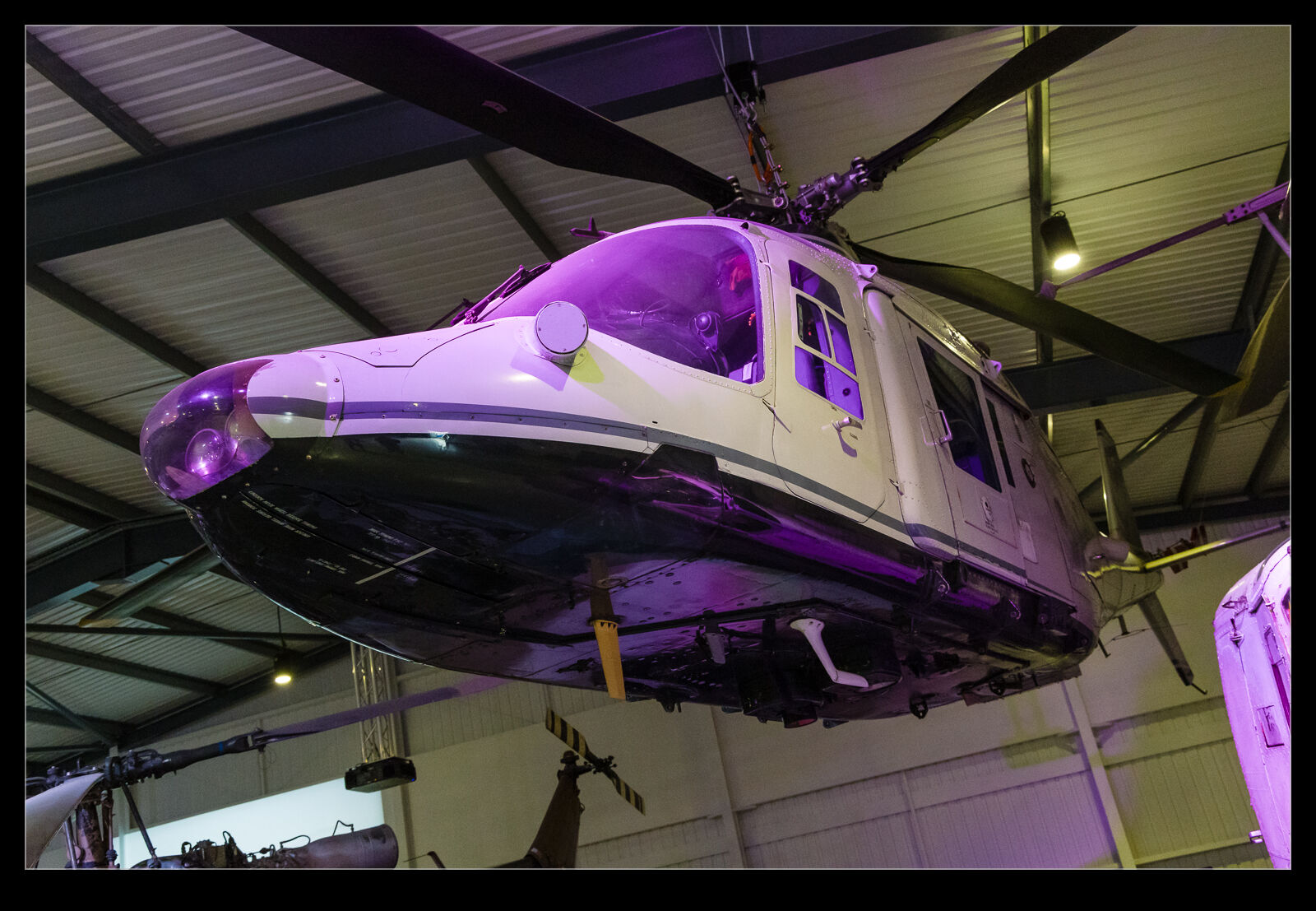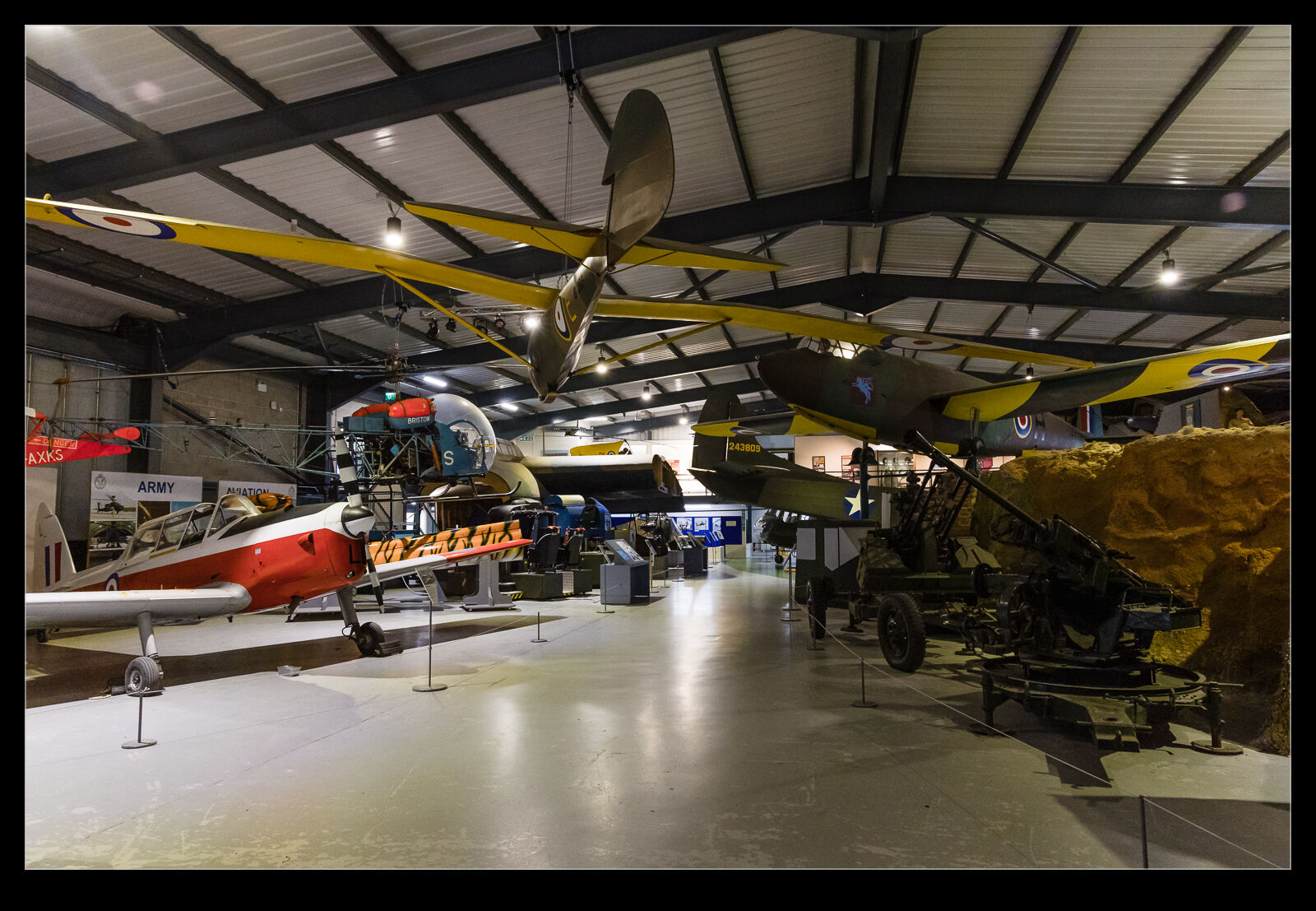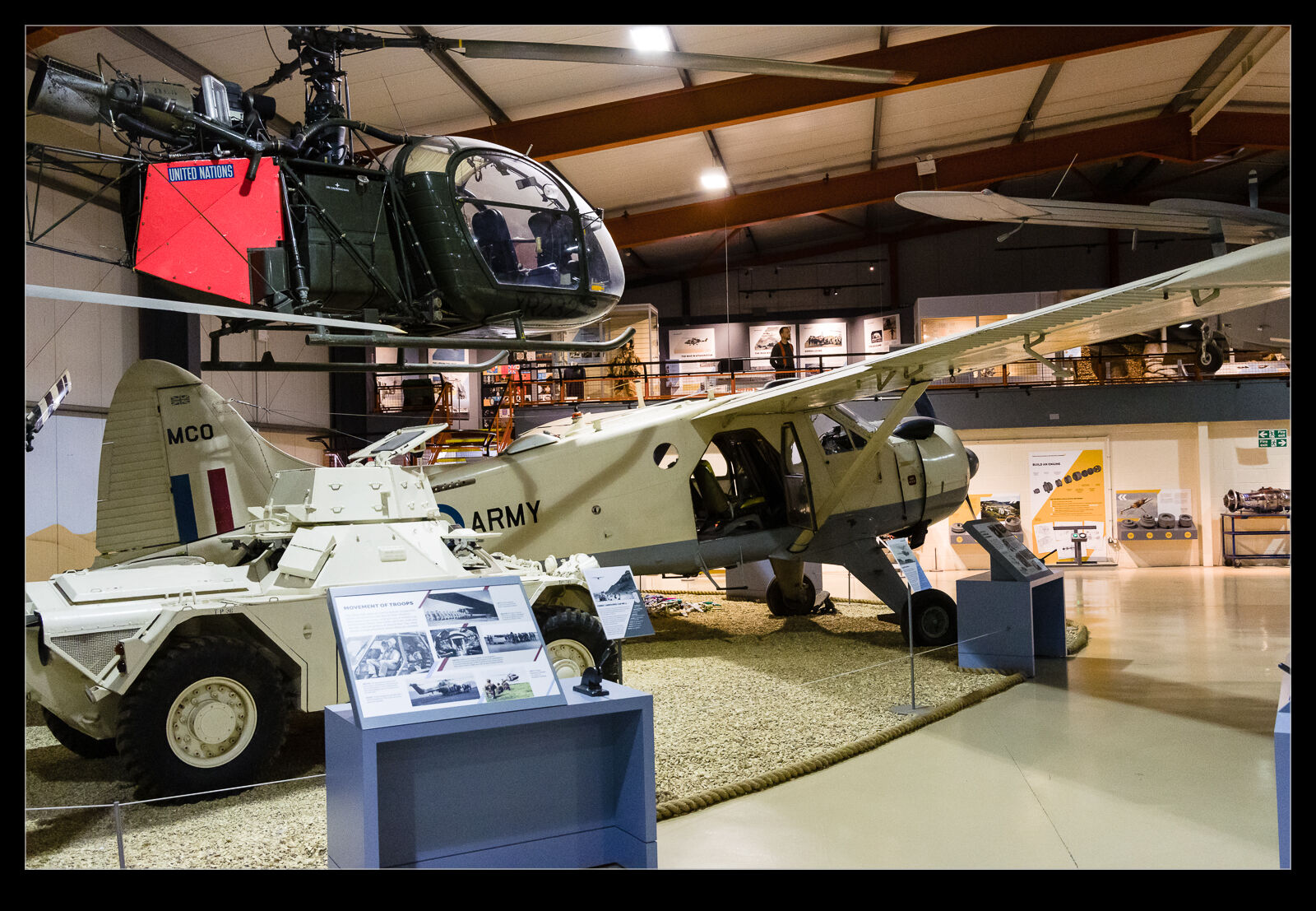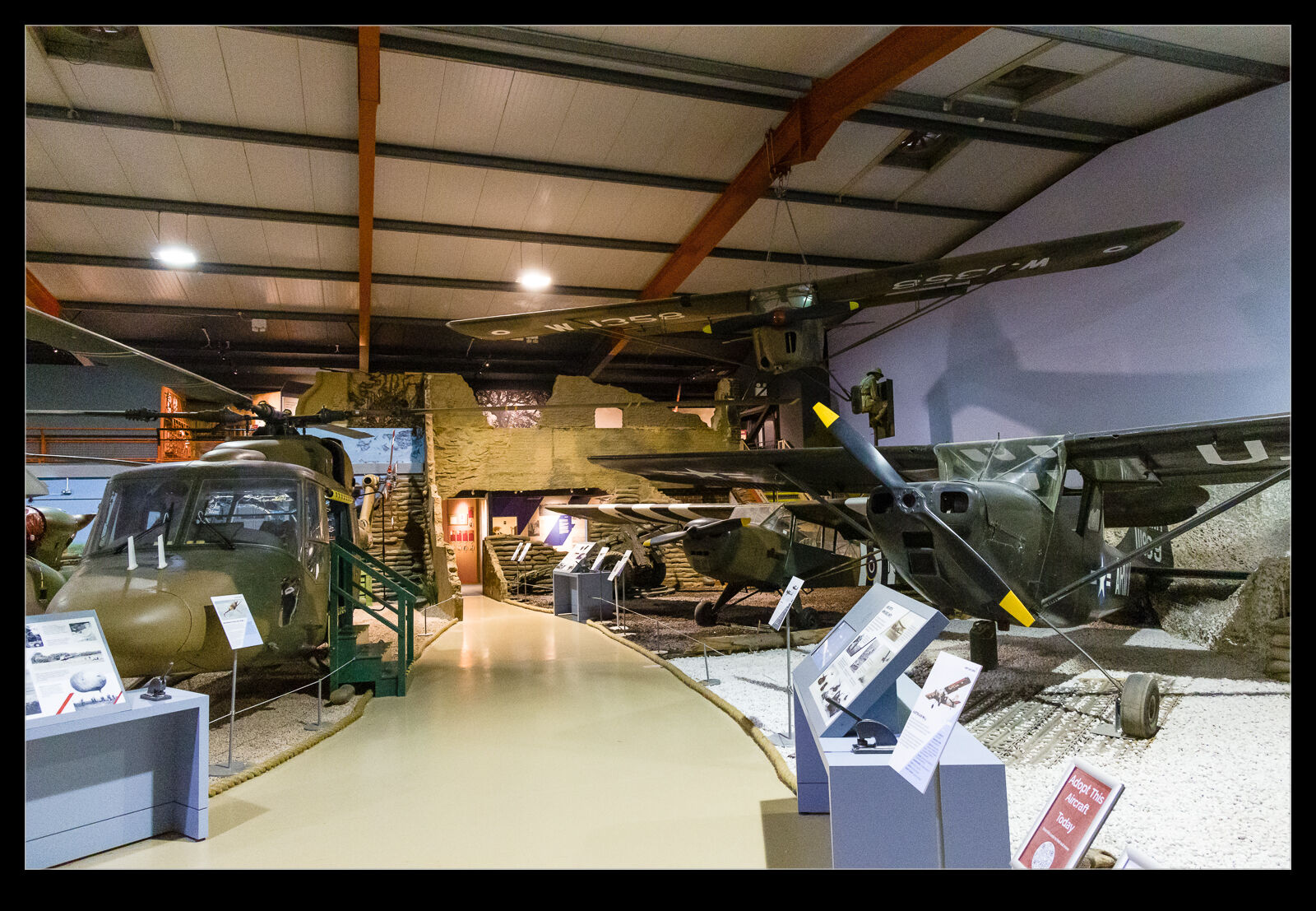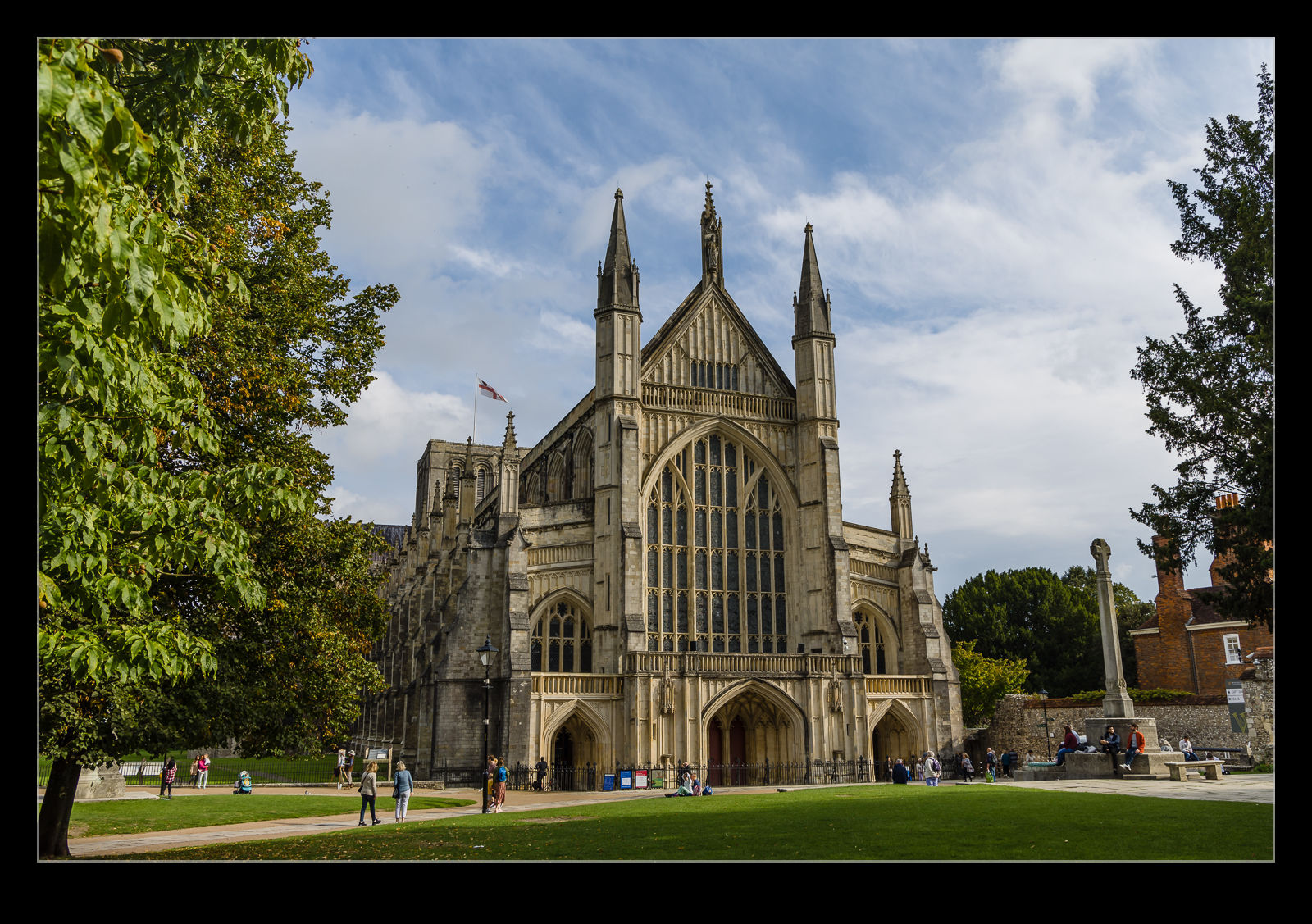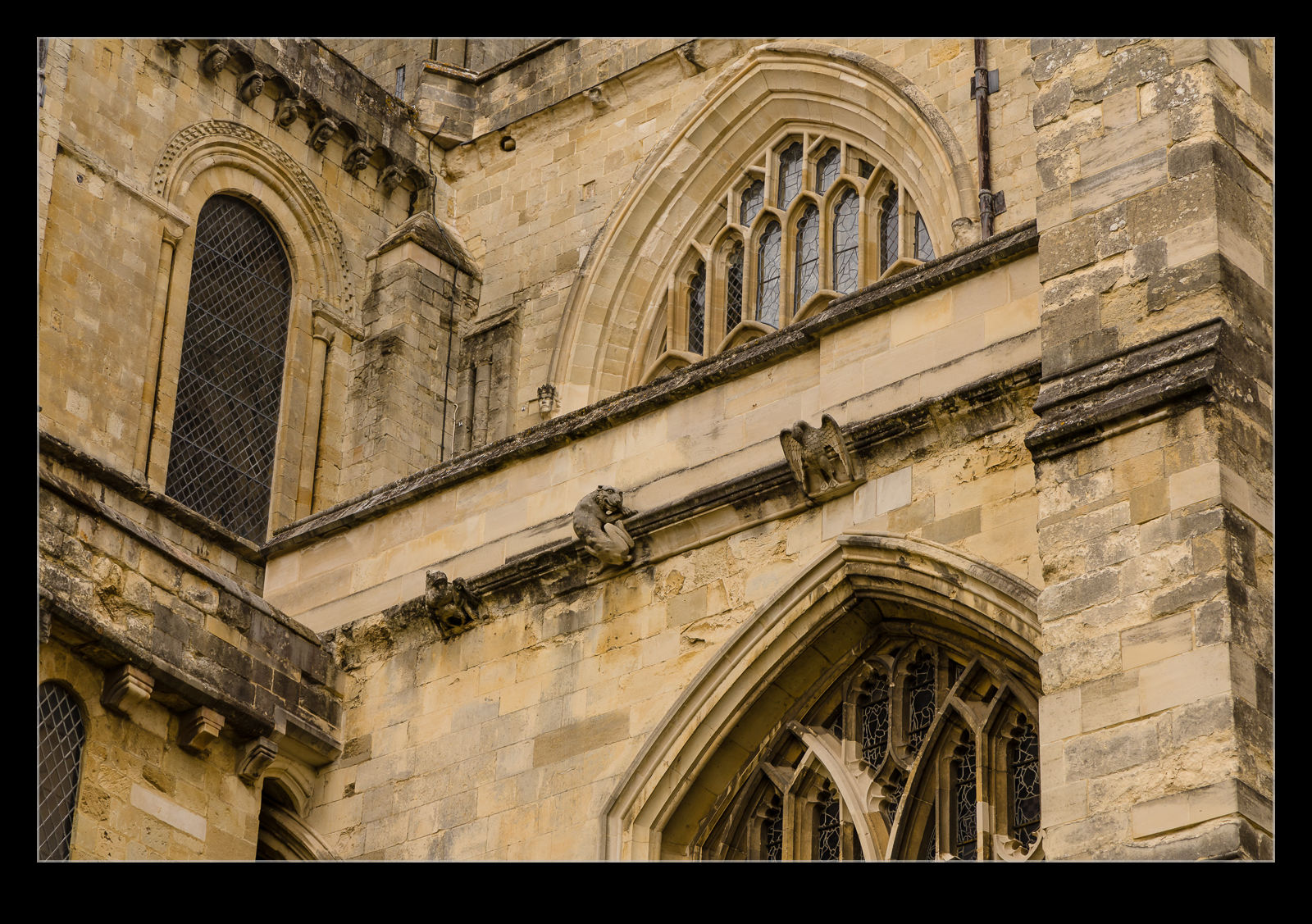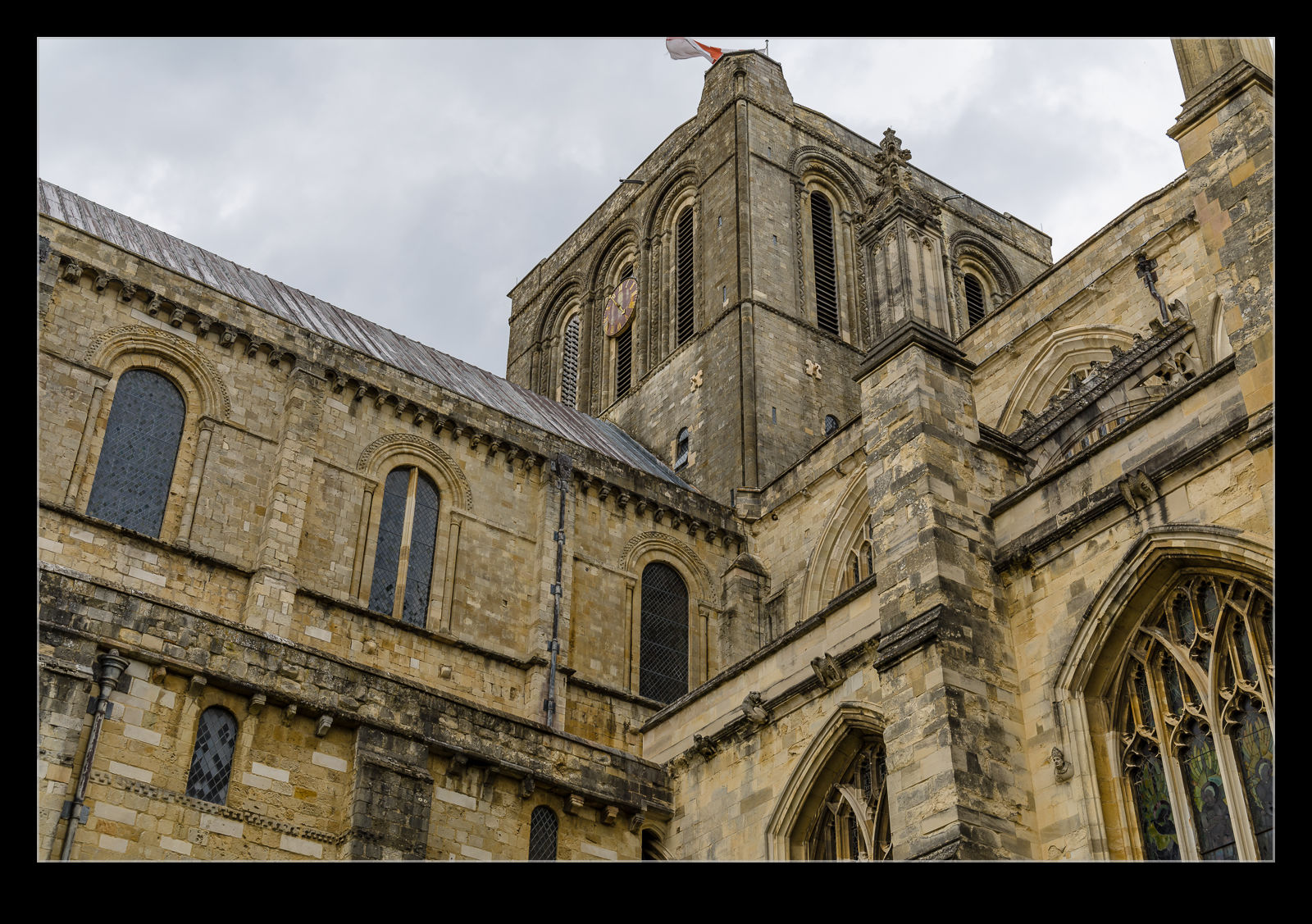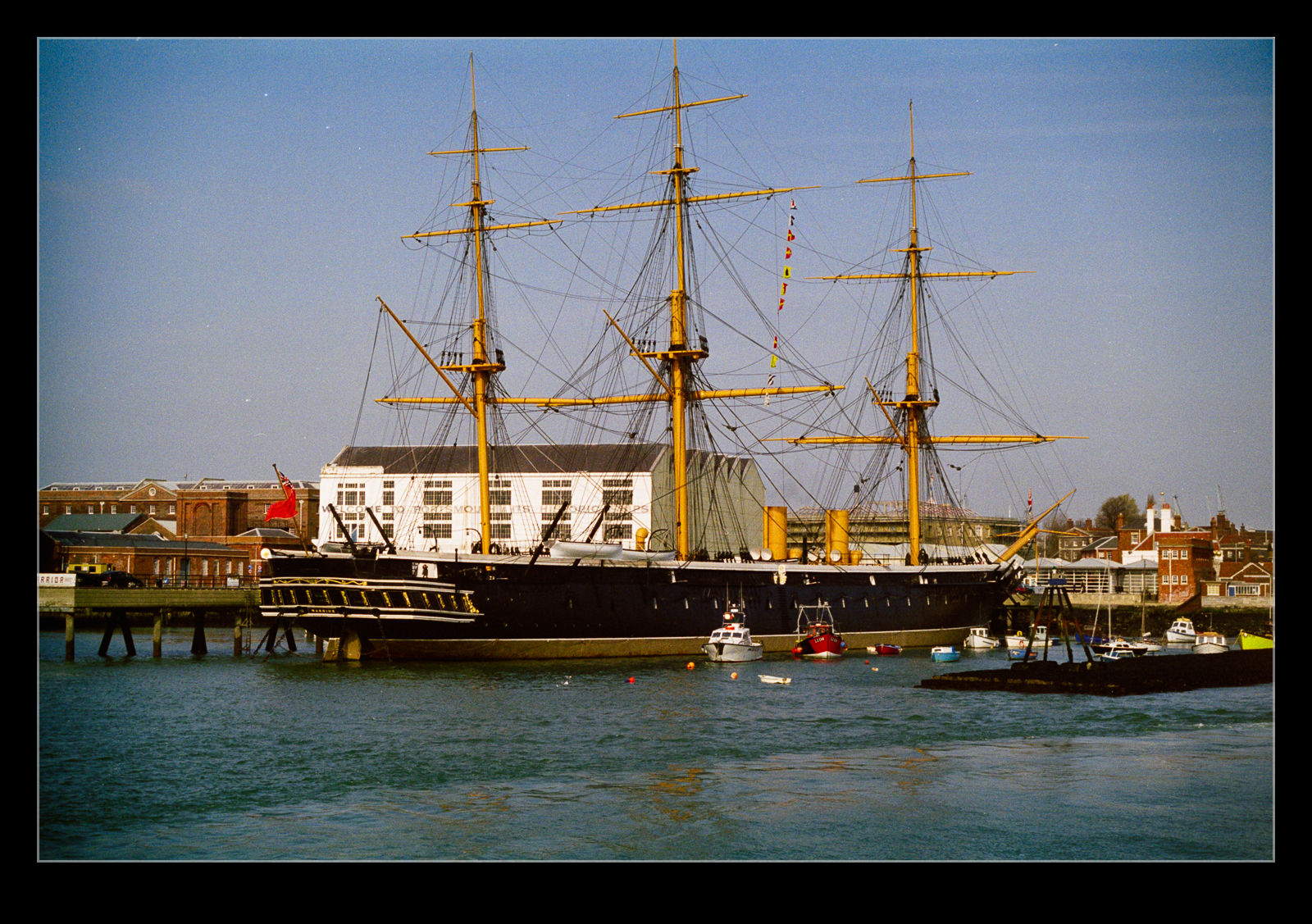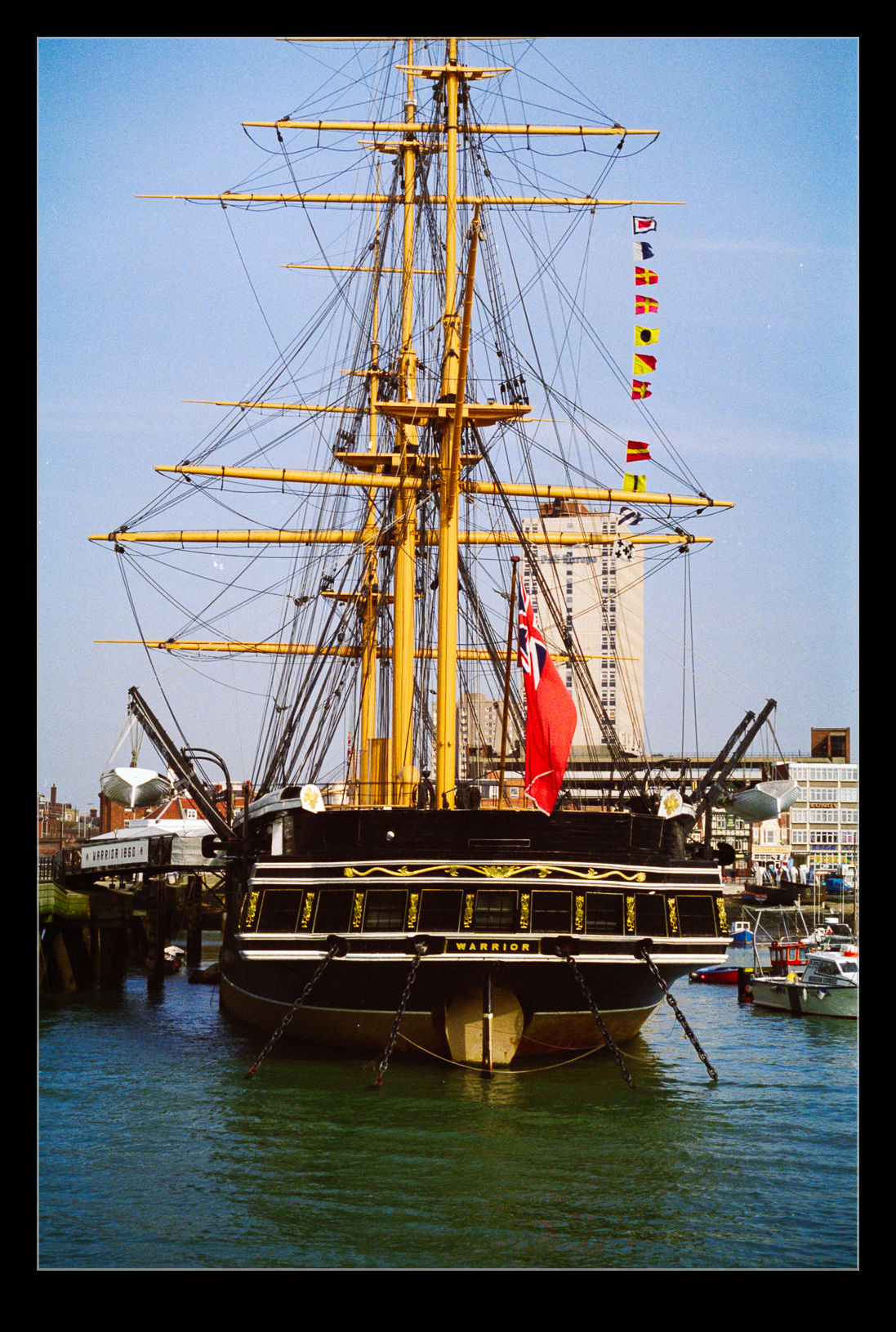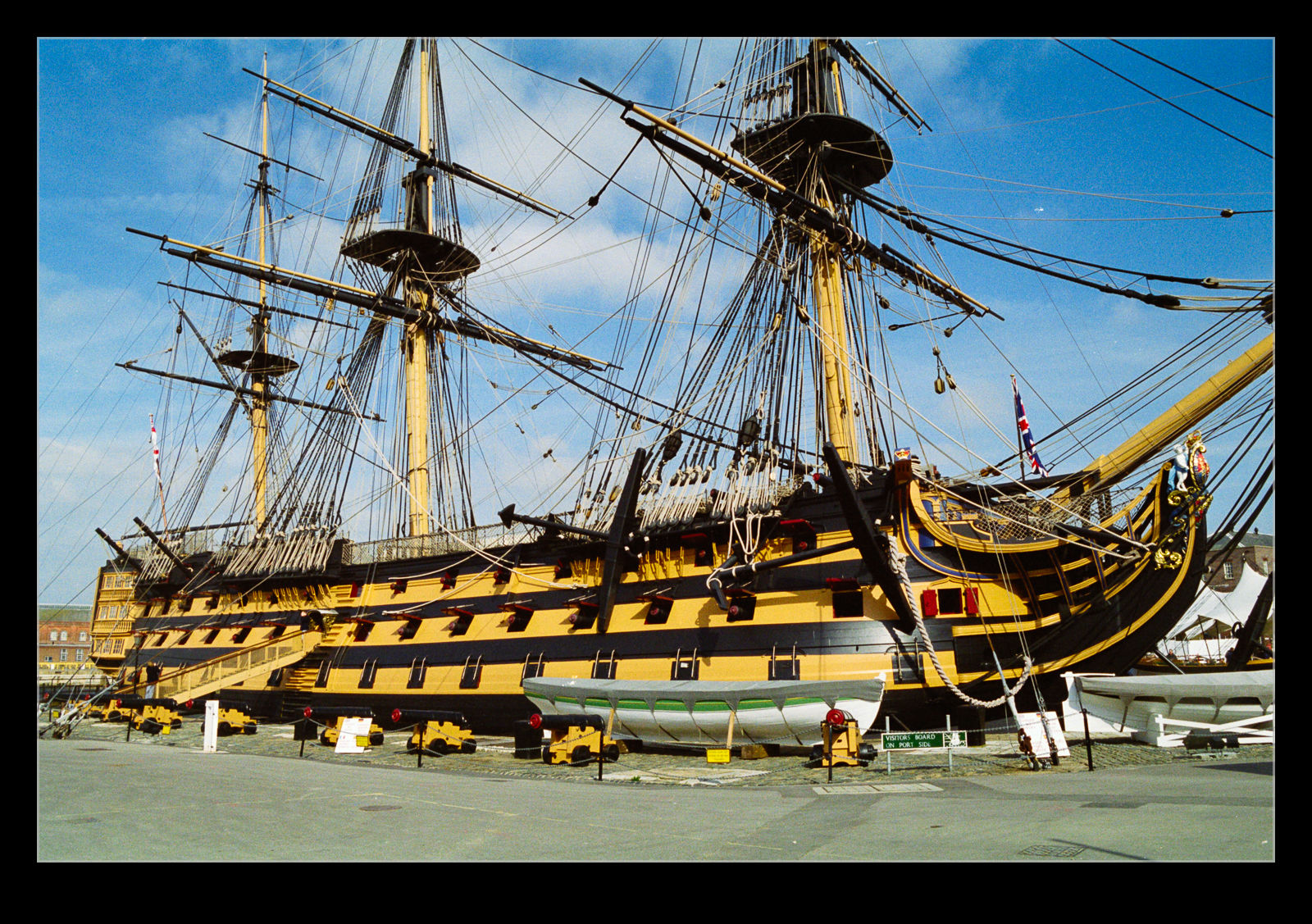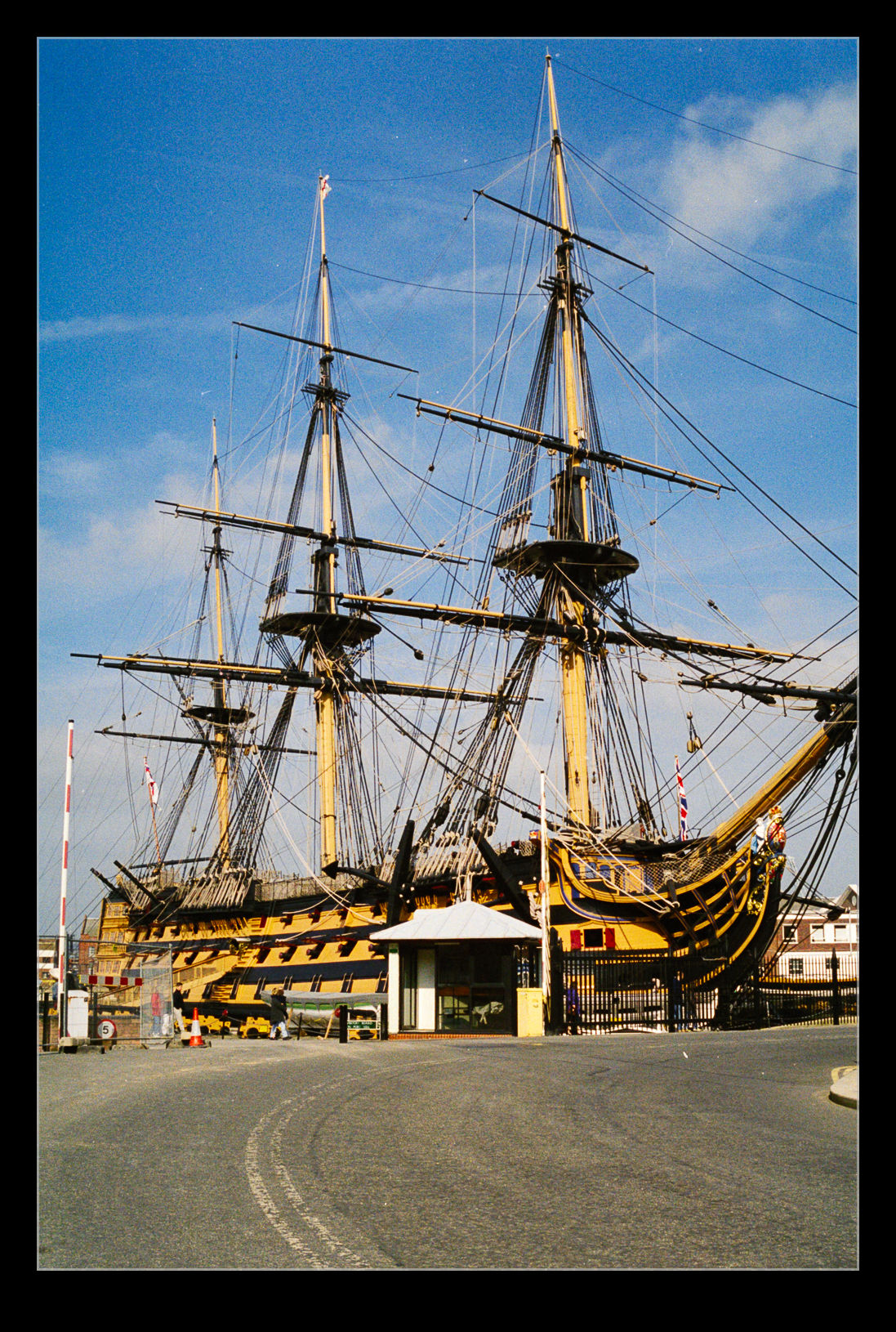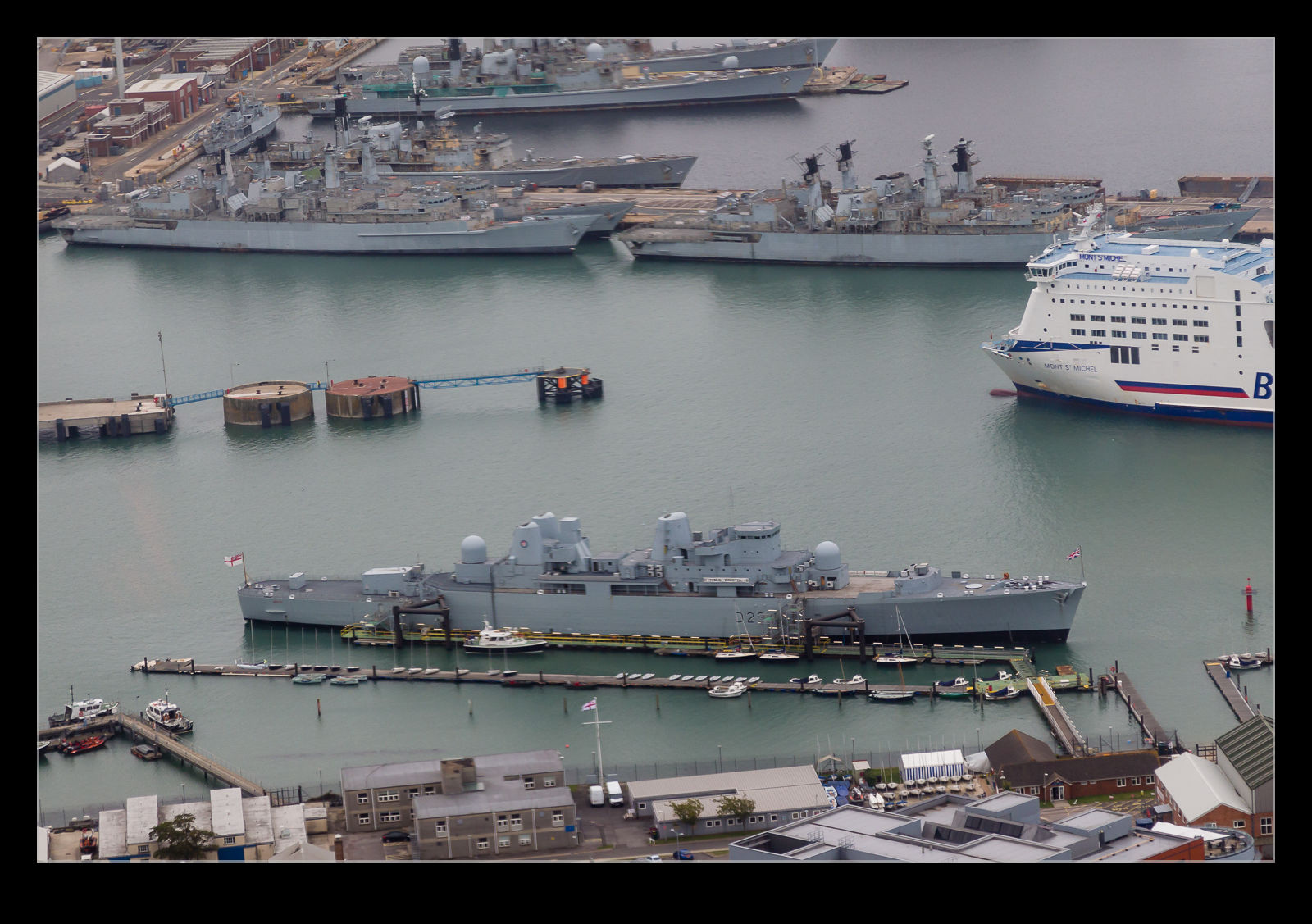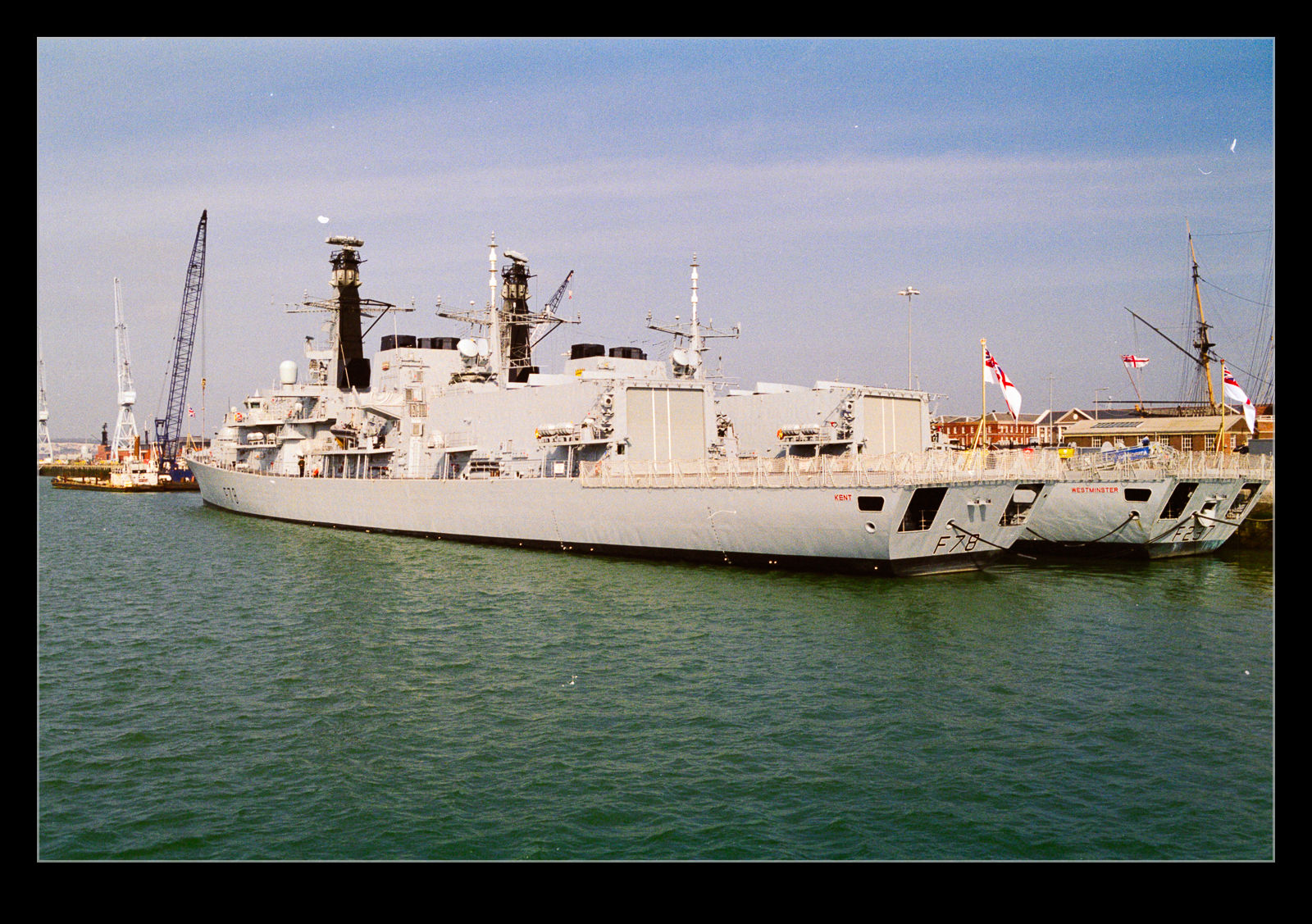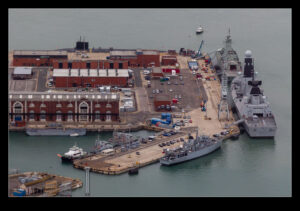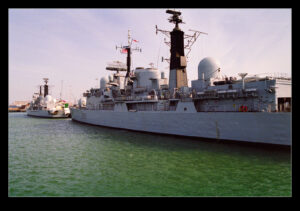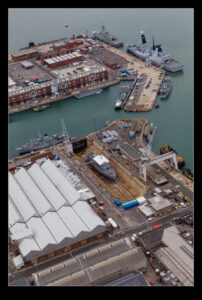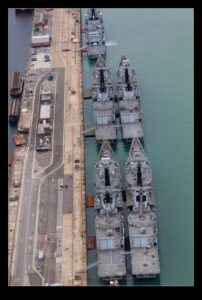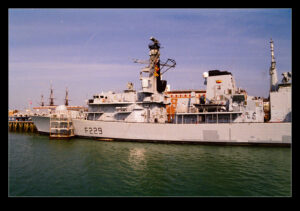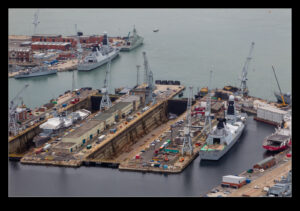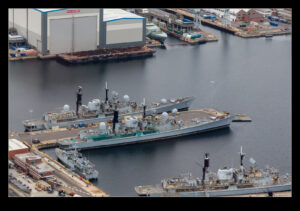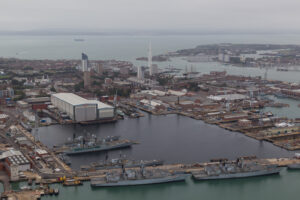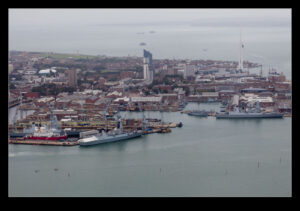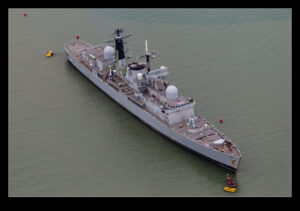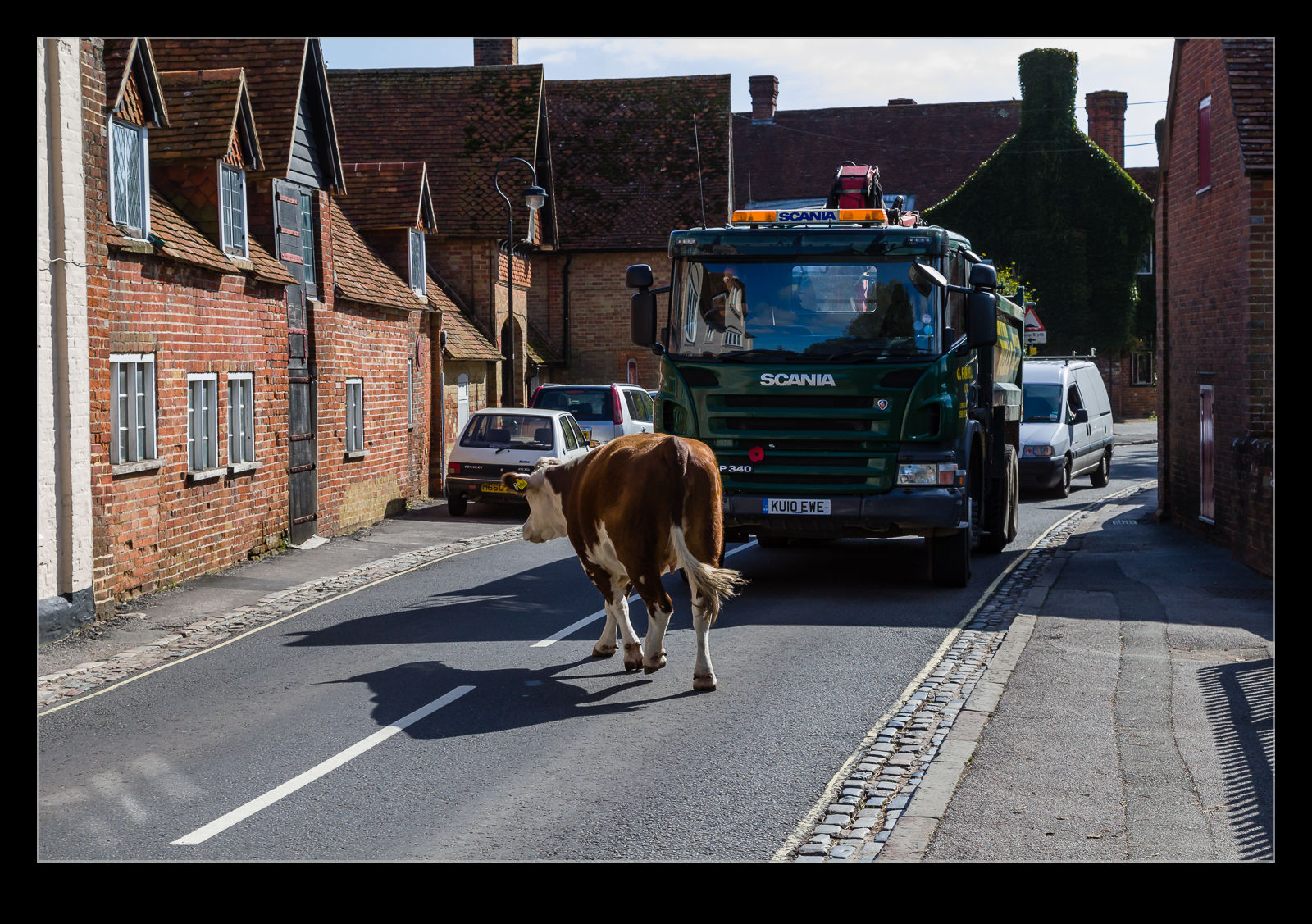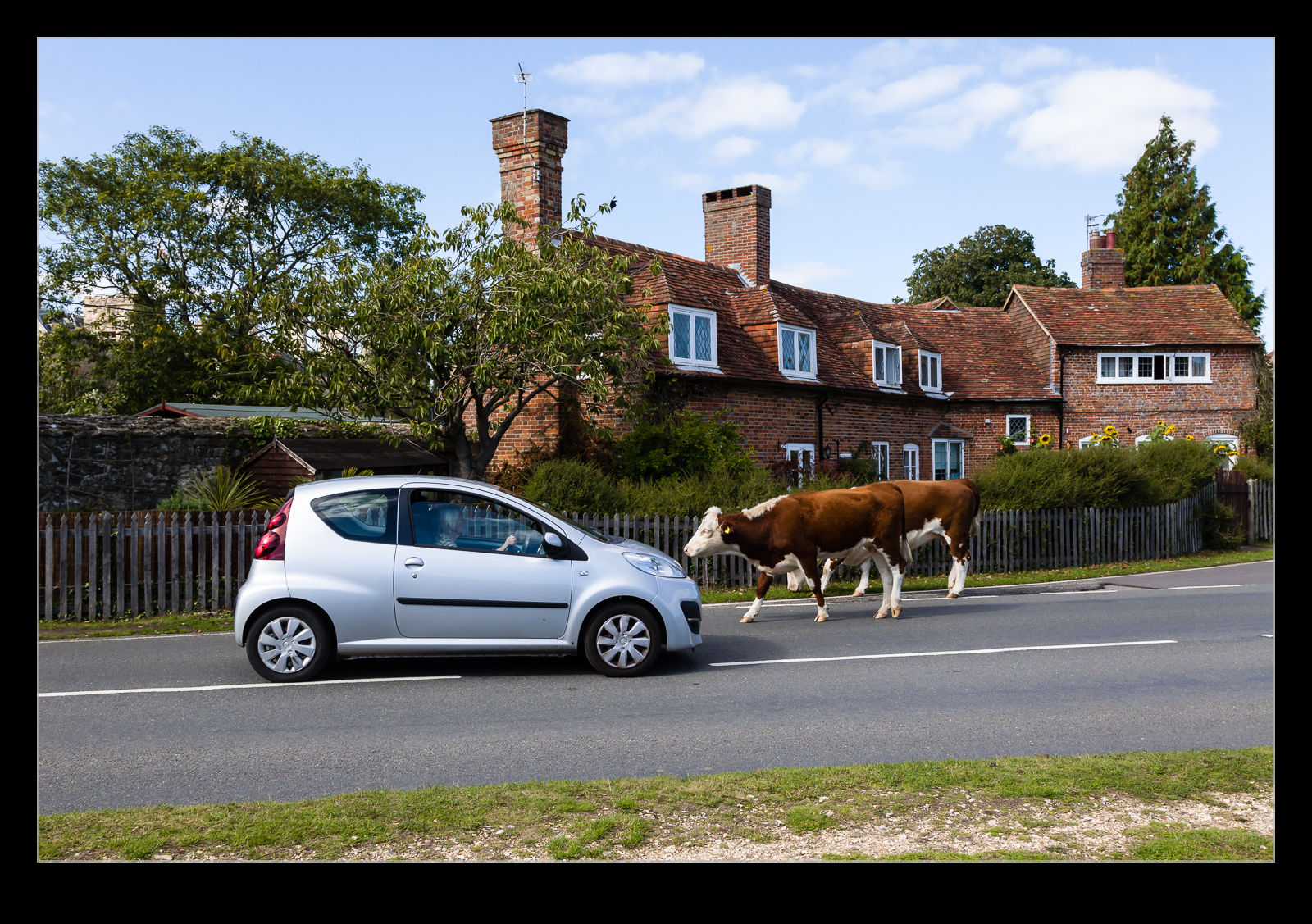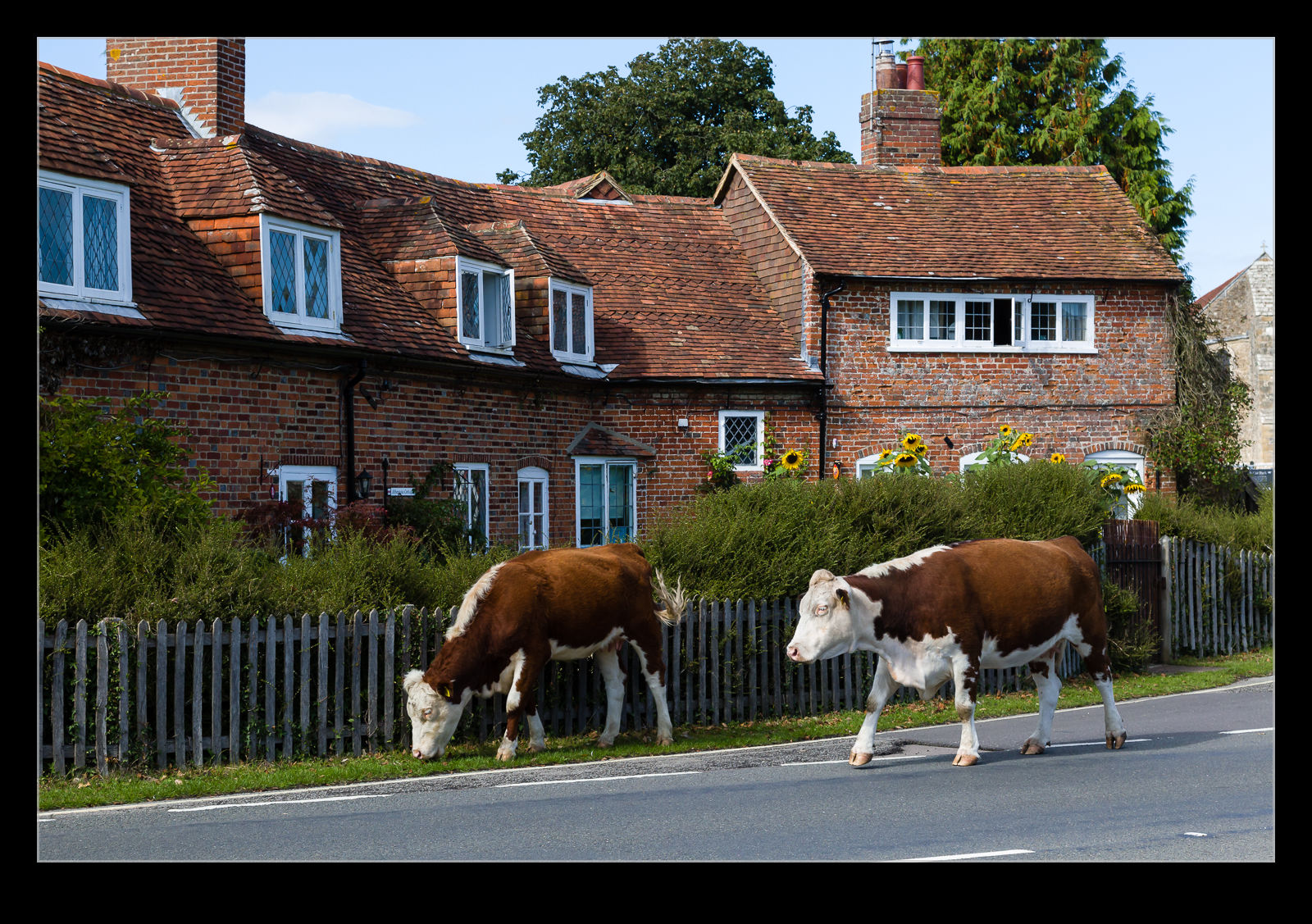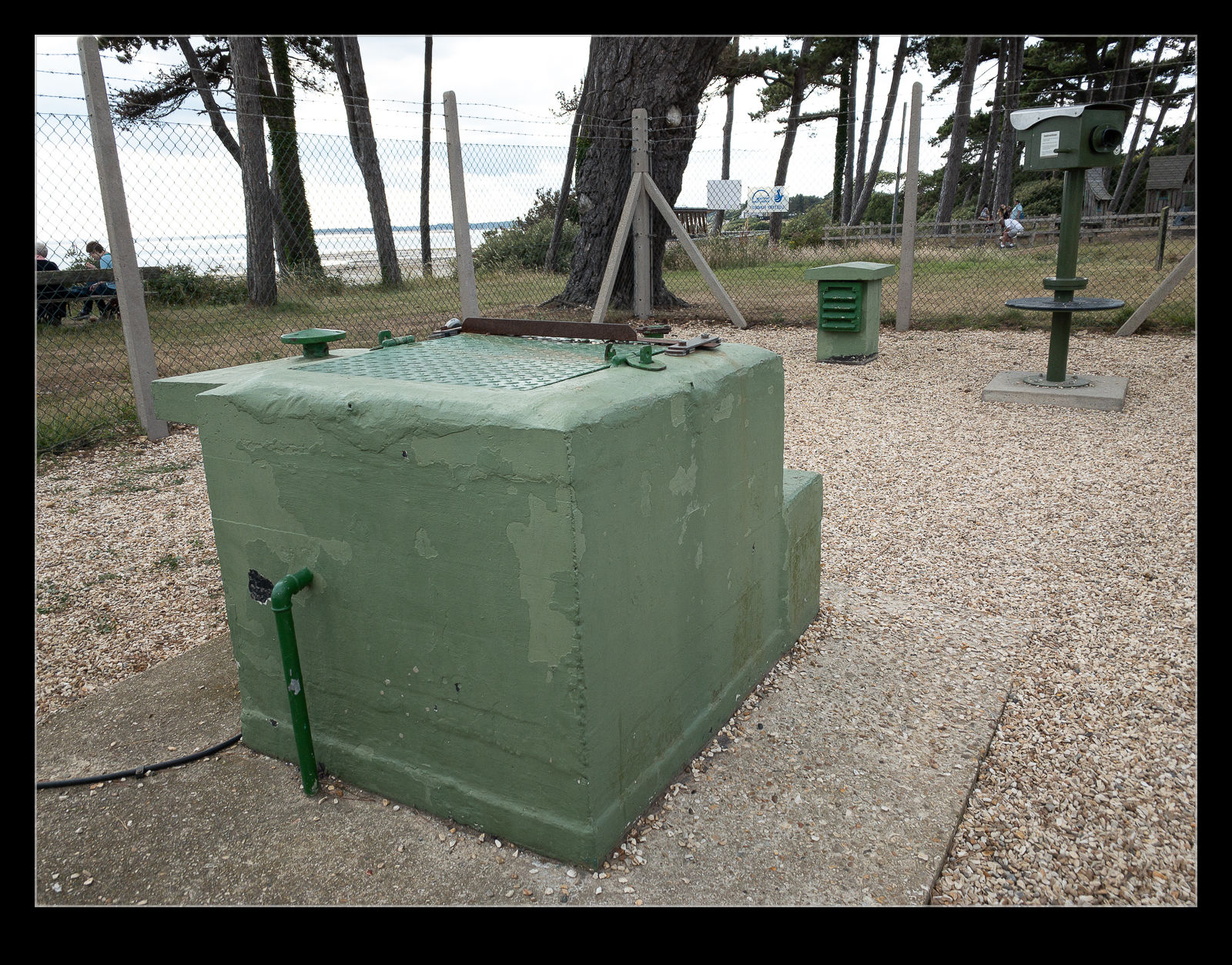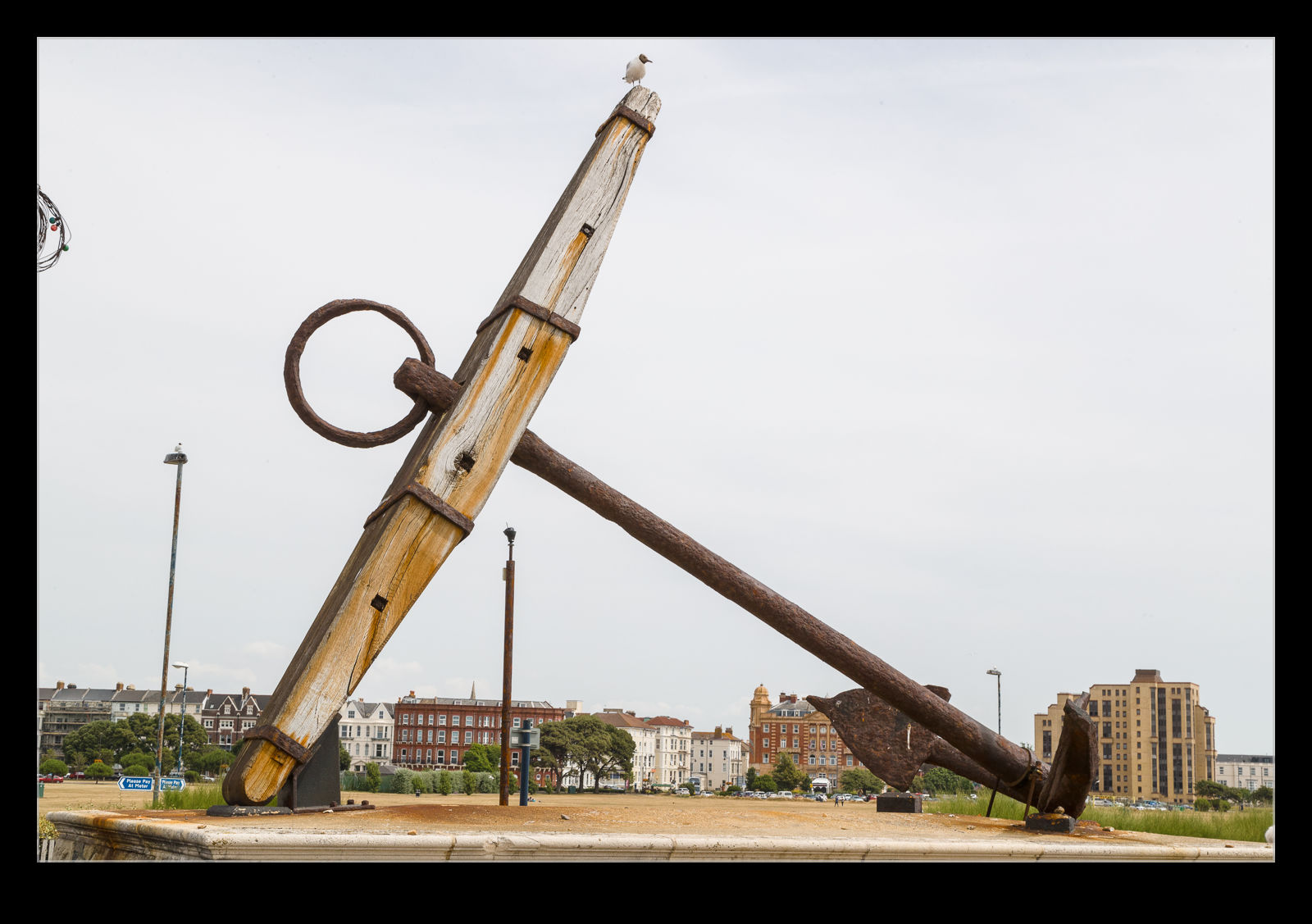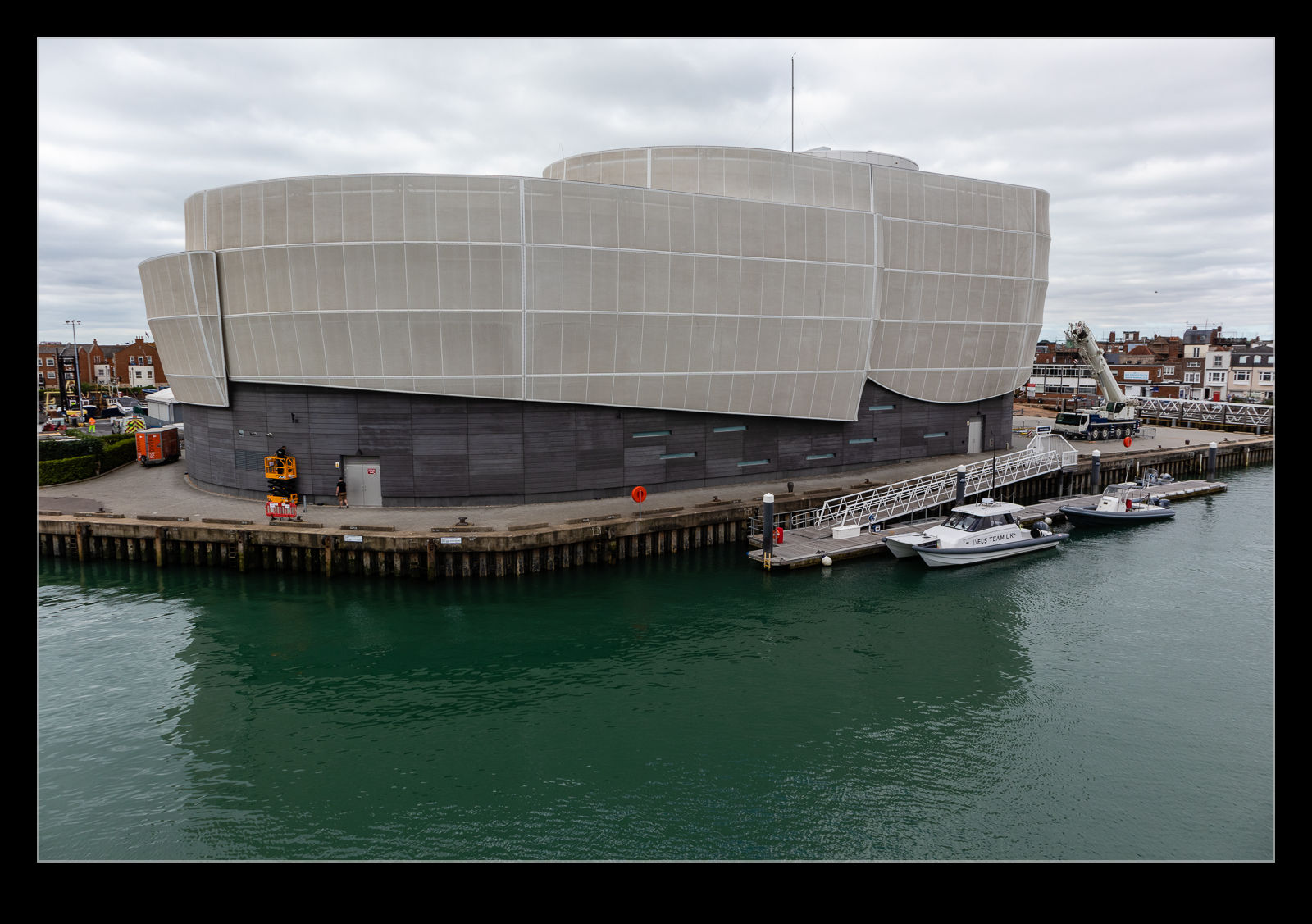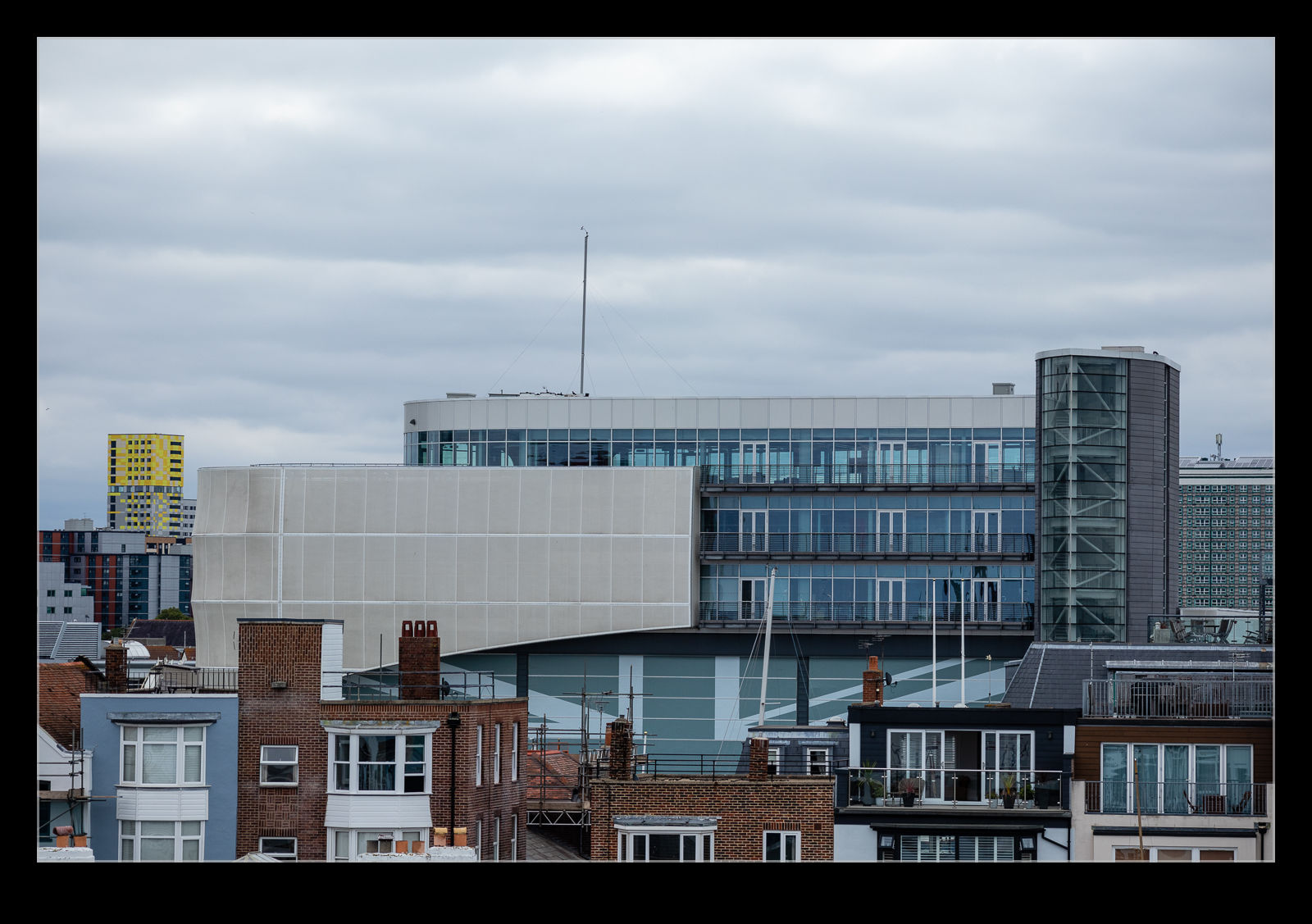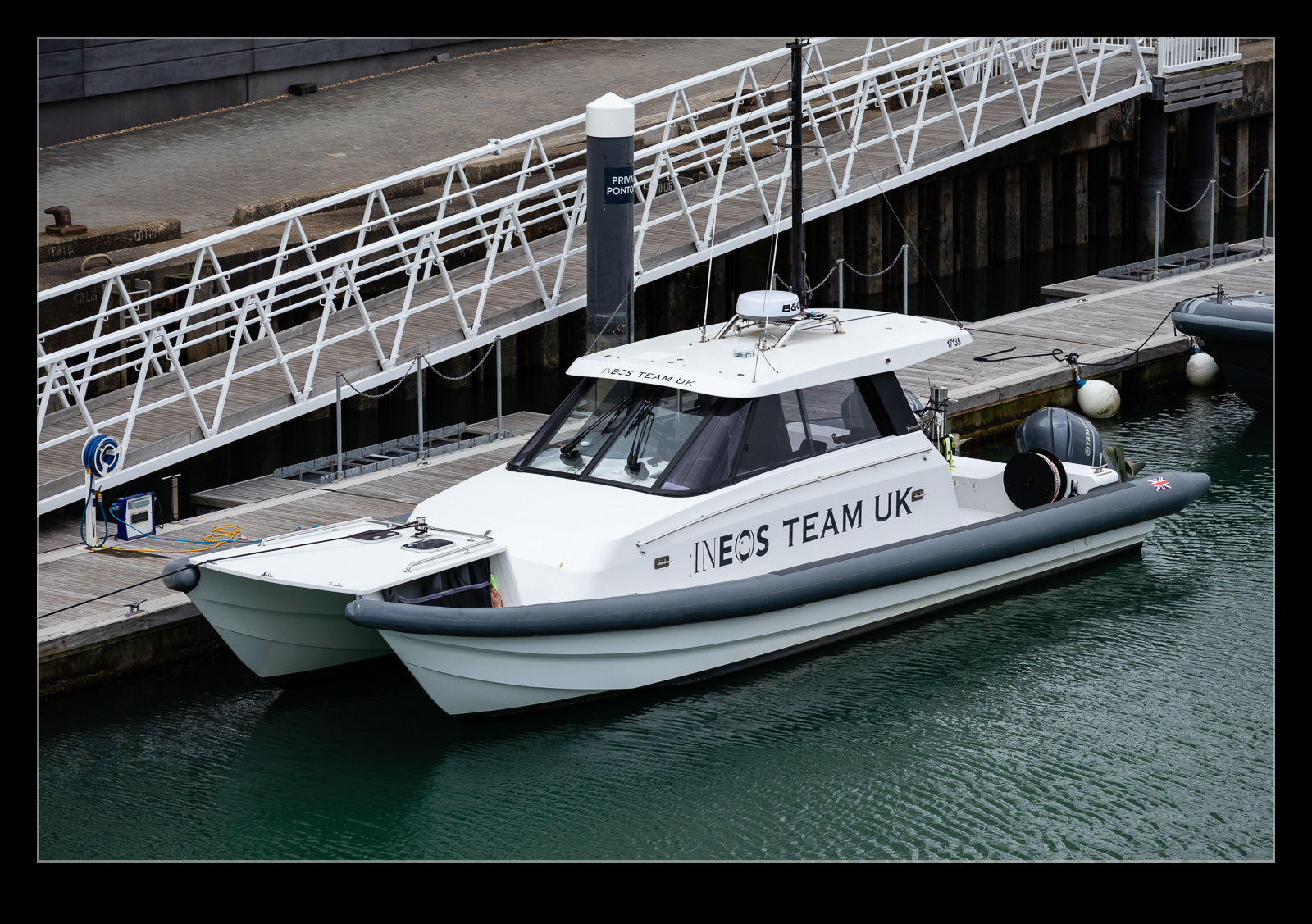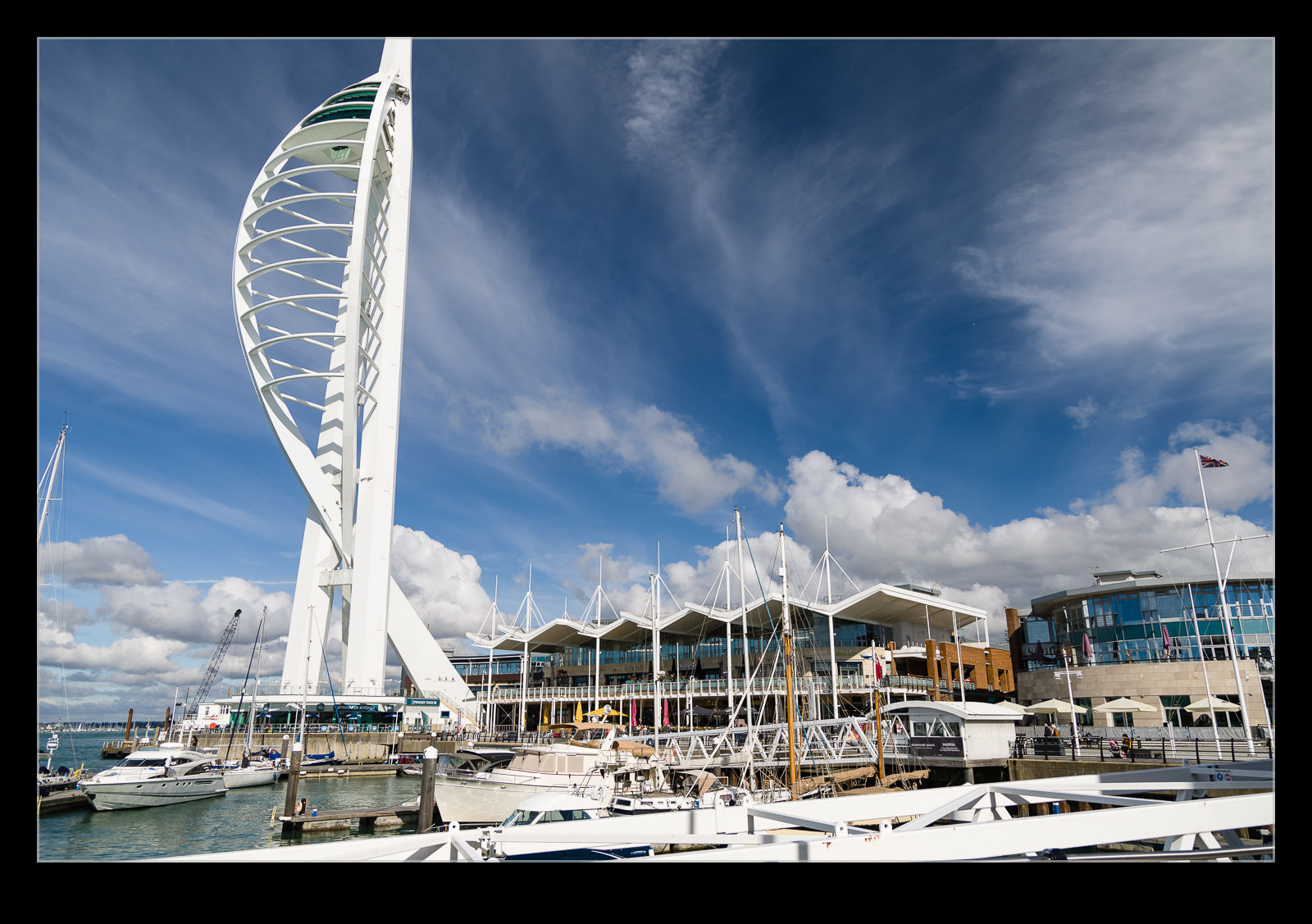 A long time ago, as part of the redevelopment of the harbour at Portsmouth, a tower was built. It is alongside the Gunwharf Quays development and rises above the waterfront providing a view across to the Isle of Wight and back to the South Downs. The tower is shaped like a spinnaker from a yacht and so it is named Spinnaker Tower. I have seen the tower on numerous occasions when taking the ferry from Portsmouth to the Isle of Wight. However, I had never actually been up it.
A long time ago, as part of the redevelopment of the harbour at Portsmouth, a tower was built. It is alongside the Gunwharf Quays development and rises above the waterfront providing a view across to the Isle of Wight and back to the South Downs. The tower is shaped like a spinnaker from a yacht and so it is named Spinnaker Tower. I have seen the tower on numerous occasions when taking the ferry from Portsmouth to the Isle of Wight. However, I had never actually been up it.
 On this trip, we had a lot of time to explore Portsmouth and I decided to go up the tower as part of the visit. There are three visitor levels. The main level is the lowest of the three (but still a decent height). It has the most space and includes a glass floor section to allow you to look directly down. The next level up is a little smaller and has a café. The top level is smaller still and doesn’t really provide much the first level doesn’t have. The windows are also angled in steeply which makes them more problematic for photography.
On this trip, we had a lot of time to explore Portsmouth and I decided to go up the tower as part of the visit. There are three visitor levels. The main level is the lowest of the three (but still a decent height). It has the most space and includes a glass floor section to allow you to look directly down. The next level up is a little smaller and has a café. The top level is smaller still and doesn’t really provide much the first level doesn’t have. The windows are also angled in steeply which makes them more problematic for photography.
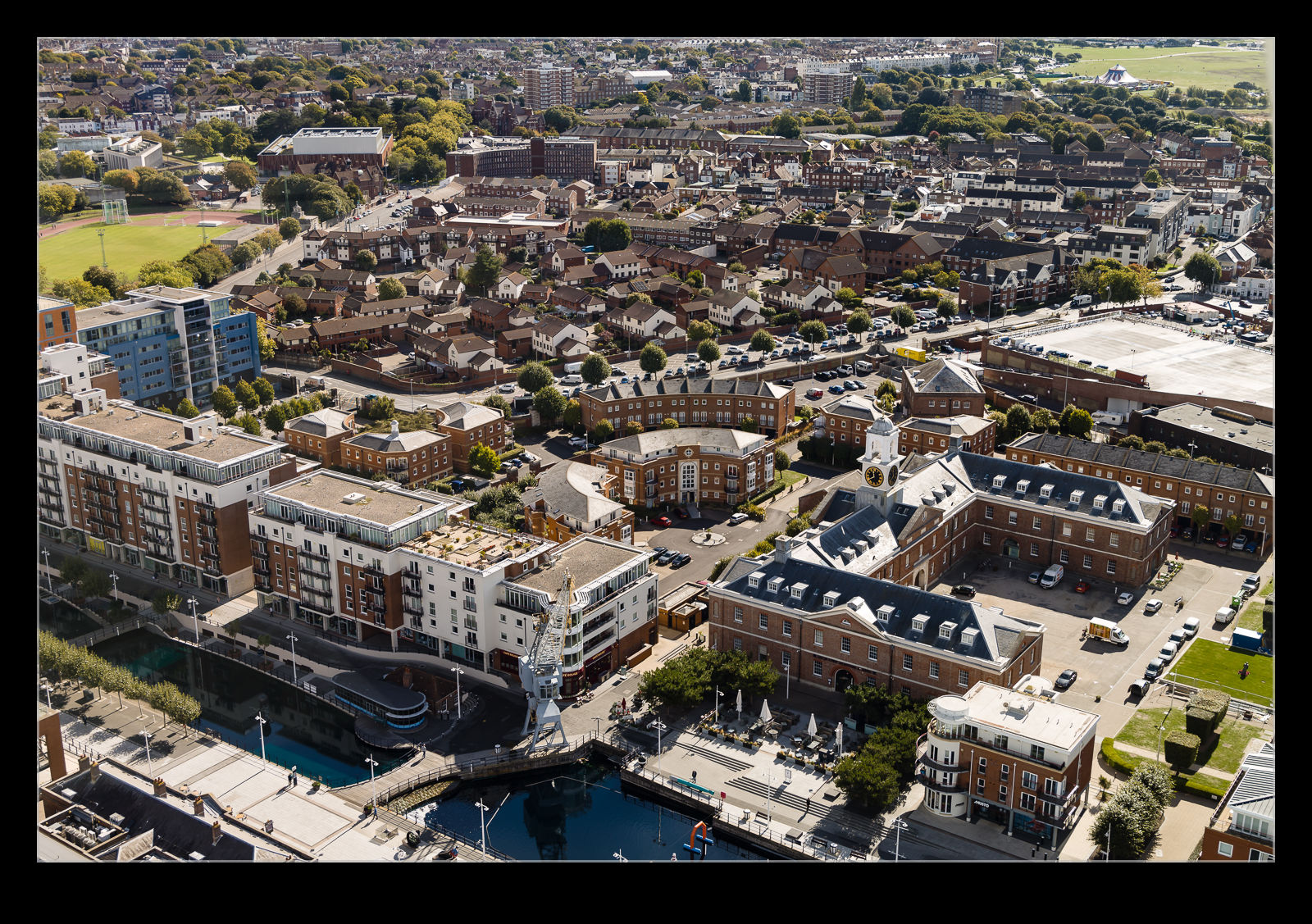 The view across the whole of the dockyard including the Victory and Mary Rose was great (although one is indoors and the other is currently under covers) and you could see across the Solent or back towards the city. I really enjoy elevated viewing locations so this was a great place for me to spy on the world around me.
The view across the whole of the dockyard including the Victory and Mary Rose was great (although one is indoors and the other is currently under covers) and you could see across the Solent or back towards the city. I really enjoy elevated viewing locations so this was a great place for me to spy on the world around me.
